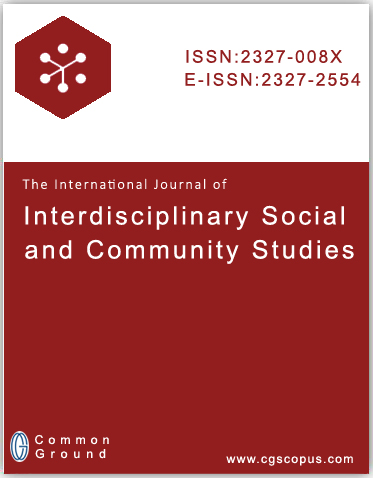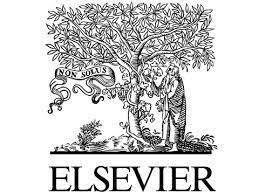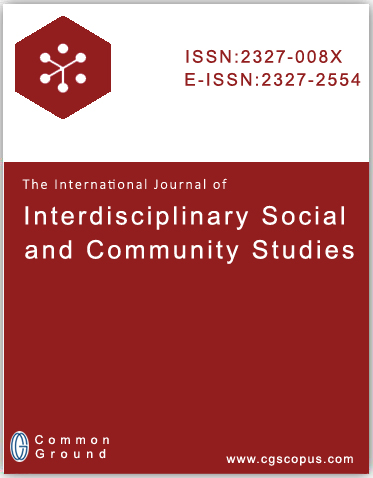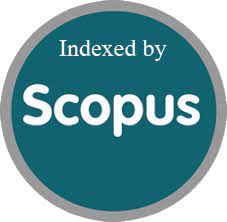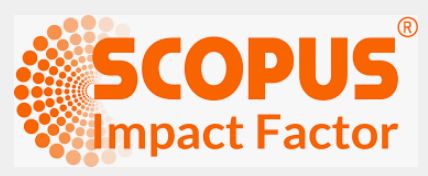Information and Communication Technology (ICT) in a Hill District of Manipur: An Assessment
DOI:
https://doi.org/10.18848/sy5d8v30Abstract
The present study is an attempt to explore the extent of availability of Information and Communication Technology (ICT) infrastructures and capacity of the teachers in terms of their ability in using ICT. The study adopted descripted survey design. The population of the study comprises of the Teachers of all the existing Government Higher Secondary Schools in Churachandpur District, Manipur. Data was collected with the help of questionnaire schedule, and observation. The collected data was analysed using frequency counts and percentages. The study revealed lack of basic resources in the form of infrastructure in both hardware and software. Majority of the teachers are capable of using ICT in school education but due to lack of infrastructure there is a gap between ICT infrastructure and capacity of the teachers. The study recommended for sufficient ICT infrastructures with training programmes on ICT to update the teacher’s knowledge. During this pandemic a great importance for the provision of internet and other hardware and software components was felt. Teachers suggested for appropriate reform measures or interventions in order to initiate and deal effectively with the situation to ensure that ICT is equally assessable to all the students and teachers. The learners of the post-modern period are more techno-savvy, which demands for expert teachers with technological learning tools to fulfil the expectations and learning needs of the students. The study assessed the ability of the teachers for connecting with the world through web-searching and downloading information, connecting with each other through email services, interacting with ICT by connecting to internet, storage device, connecting different corners, and exposure to a range of hardware and software to provide wider choices and flexibility in the approaches to using ICT. The present research work has observed ICT infrastructures of both hardware and software components such as computers, printers, scanners, projectors, speakers, microphones, computer laboratory, networking, internet, reliable electricity UPS, power generator in schools, landline telephone, fax, cable TV, mobile phone, EDUSAT network with Satellite Interactive Terminals (SIT) or Receive Only Terminals (ROT).

